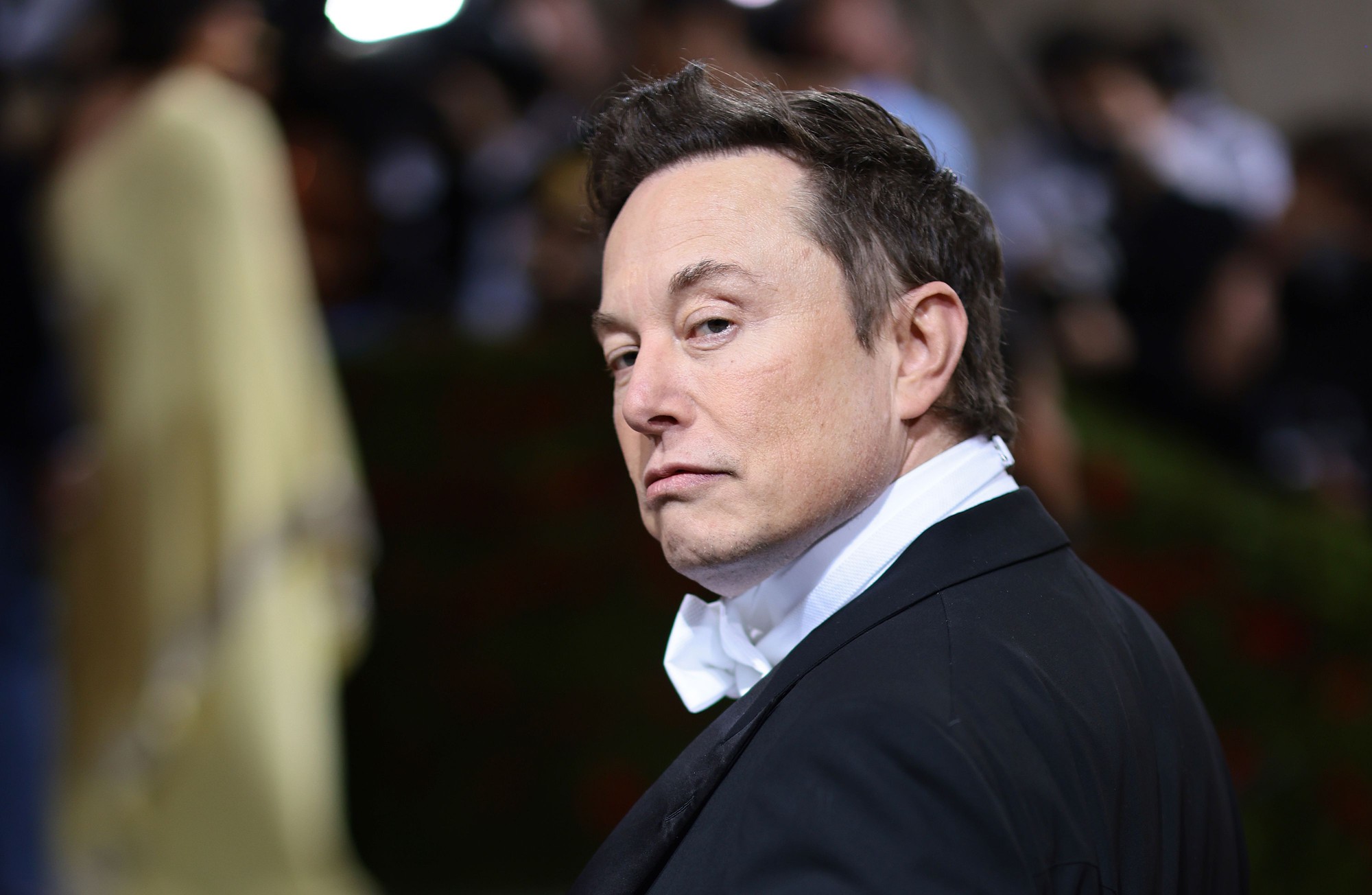
Elon Musk, the trailblazing CEO of Tesla, has once again captivated the world with an electrifying announcement: the Tesla Model 2. Slated for launch in late 2025, this revolutionary electric vehicle (EV) is set to cost under $22,000, making it Tesla’s most affordable car yet.
Paired with groundbreaking advancements in battery technology, the Model 2 is poised to disrupt the automotive industry and accelerate the adoption of sustainable transportation globally.
Affordability has long been a hurdle for EV adoption, with Tesla’s premium vehicles like the Model S, Model X, and Model Y largely catering to higher-income buyers. The Model 3, Tesla’s current entry-level offering, remains out of reach for many due to its starting price of over $35,000.
The Model 2 directly addresses this gap by targeting budget-conscious consumers without compromising on Tesla’s hallmark innovation, quality, and performance. Musk emphasized during the announcement that the Model 2 is a pivotal step toward Tesla’s mission to “accelerate the world’s transition to sustainable energy.”

By making EVs accessible to a wider audience, Tesla aims to amplify its environmental impact and dominate the growing EV market.
While specific details about the Model 2’s design remain under wraps, early indications suggest a compact and stylish vehicle optimized for urban environments. Tesla is reportedly focused on maximizing interior space while maintaining a sleek, minimalist exterior that appeals to younger buyers and city dwellers.
As with all Tesla models, the Model 2 will come equipped with a cutting-edge infotainment system, advanced connectivity features, and an upgraded version of Autopilot. The car is expected to deliver a driving range exceeding 250 miles on a single charge, ensuring practicality for both daily commutes and longer journeys.
The Model 2 aims to provide consumers with a high-value EV that doesn’t skimp on comfort, safety, or advanced technology.

A critical element of the Model 2’s affordability is Tesla’s new battery technology, which was unveiled alongside the vehicle. The company announced the adoption of next-generation lithium iron phosphate (LFP) batteries for the Model 2.
These batteries offer several advantages over traditional lithium-ion cells, including improved energy density, faster charging times, and significantly lower production costs. By leveraging these technological advancements, Tesla is able to reduce the Model 2’s price to a level previously thought unattainable for a high-quality EV.
Additionally, LFP batteries are more environmentally friendly, as they require fewer rare-earth materials and are easier to recycle. This aligns with Tesla’s broader sustainability goals and enhances the company’s appeal to eco-conscious consumers.
Tesla’s ability to produce the Model 2 at scale will be facilitated by its global network of Gigafactories, which utilize advanced manufacturing techniques and economies of scale. Production is expected to begin at Tesla’s facilities in Texas and Shanghai, with potential expansion to other locations as demand grows.

Analysts predict that the Model 2 will become Tesla’s best-selling vehicle, particularly in price-sensitive markets such as Asia, South America, and parts of Europe. The car’s affordability, combined with Tesla’s strong brand reputation and commitment to innovation, positions the Model 2 as a game-changer in the EV market.
However, achieving these ambitious goals is not without challenges. Tesla will need to navigate a range of obstacles, including potential supply chain disruptions, competition from other automakers, and global economic uncertainties.
Rivals such as BYD, Hyundai, and Volkswagen are also racing to develop affordable EVs, intensifying the competition in this segment. Tesla’s success will depend on its ability to maintain a technological edge, streamline production, and deliver on its promises to consumers.
Consumer anticipation for the Model 2 is already building, with social media platforms abuzz with excitement about the prospect of owning a Tesla for under $22,000. Many potential buyers view the Model 2 as a turning point that could finally make EVs mainstream.

Pre-orders are expected to open later this year, likely through Tesla’s reservation system, which will enable the company to gauge demand and manage production logistics effectively.
Beyond its commercial potential, the Model 2 represents a significant milestone in Tesla’s journey and the broader transition to sustainable transportation. By democratizing access to EVs, Tesla is not only expanding its customer base but also contributing to a reduction in global carbon emissions.
The Model 2’s affordability and efficiency could inspire a wave of adoption among consumers who previously considered EVs out of reach. This, in turn, could pressure traditional automakers to accelerate their own electrification efforts, driving further innovation across the industry.
As the automotive world eagerly awaits the Model 2’s debut, it is clear that Tesla is once again setting a new standard for what is possible in the EV market.

If the company can deliver on its promises, the Model 2 could become one of the most influential vehicles of the decade, reshaping the landscape of transportation and solidifying Tesla’s position as a leader in sustainable innovation.
The countdown to late 2025 has begun, and all eyes are on Tesla to see if it can once again revolutionize the way we think about cars.

-1742790013-q80.webp)
-1742803491-q80.webp)
-1742555720-q80.webp)